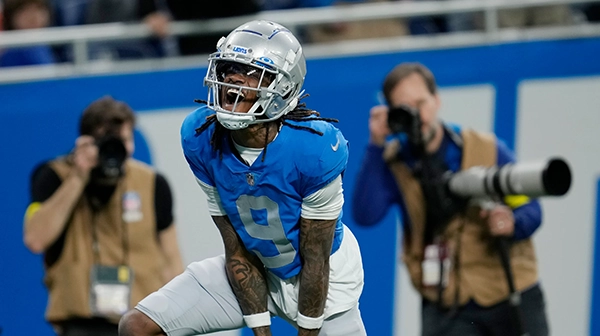Introduction to Tournament Poker
by Loki Luchs of Predictem.com
Tournament poker has evolved a great deal since it began in the 1970’s. Originally, tournaments were small events that only the top professionals played in. Today, events regularly play over a thousand players from all walks-of-life. To many amateurs, tournament poker is a plausible way that they could possibly win a life-changing payday. For professionals, tournaments offer huge payoffs for playing against vast fields of inferior players. In either case, it is extremely profitable for the one who is fortunate enough to be the standing last.
One of the biggest differences between tournament poker and cash-game poker is that once you’ve entered into a tournament, you’re committed to playing until you get knocked out. Most major tournaments, like the World Series of Poker and the World Poker Tour, begins with each player paying an entry fee. This entry fee is the same for every player, but it always includes the fee for the sponsor of the tournament. For instance, a $10,000 entry will probably be closer to $10,300. The entry fees are pooled together and then divided into percentages that will be paid to the players who make the money in the tournament. The prize money is divided up to pay out the top 10%. Naturally, the higher one places in the tournament, the larger a payout that player is going to receive, with the largest prizes going to the top three spots.
Once players have been assigned their tables and seats, play begins. Most tables will have nine or ten players. The size of the tables is consistent throughout the tournament. As players begin to get knocked out, the outer tables will be broken up and reassigned so that each table will continue to be full. In order to keep players active in the game, the blind structure is constantly changing. In the beginning, the blinds start relatively small compared to the size of players initial stack. Each player may begin with $10,000 in tournament chips, with initial blinds of 25/50. As the tournament goes on, usually once an hour, these blinds will rise. By raising the blinds, the tournament puts pressure on the players whose chip stack is stagnating. At a certain point, the players will begin paying individual antes in addition to the blinds. This small change adds a tremendous amount of pressure on conservative contestants. If these players wait for too long to increase their chip stacks, they will quickly have problems when the blinds and antes become too high.
As the field thins, the players approach the bubble. The bubble is a term that describes the line between the players who make the money and the ones who don’t. One frustrating thing about tournament poker is that you may play solid poker for 3 or 4 days and still not receive any money because you were knocked out on the bubble. Once a player has made the money, however, they change their goal (and usually playing style) because they are now guaranteed to take home money. The players who have been conservative (because they were in danger of being knocked out) will suddenly become very aggressive so that they can try and build a large chip stack. If they don’t strengthen their chip position, they most likely won’t make the final table.
If a player makes the final table, they are trying to find away to survive to the final three. The payouts are disproportionately high for those top three places, so players continue to battle to last longer. In many cases, the difference between ninth and first is over a million dollars, so errors at this point are serious. Blinds and antes are going to be large enough to break a moderate stack if a player becomes too conservative. Players who are on the short stack are in constant danger, because it is not uncommon (or illegal) for all of the big stacks to pick on the weaker ones. The big stacks won’t usually want to attack the chip leader, when it might mean elimination. Its safer to systematically chop out the smaller stacks to ensure the higher payouts. One by one, the small stacks will fall away, leaving the last two players to face each other heads-up.
The unique difference about heads-up play is that the players are only playing for the difference between 1st and 2nd place. Any tactics that a player might have used to outlast opponents are no longer useful. This one on one action is among the most difficult in the poker world. The large stack will use its power and aggression to hack away at the smaller stack. The smaller stack, conversely, will be picking and choosing its aggression out of fear of being knocked-out. The difference between a first and second prize is almost double the tournament winnings, in addition to being able to add your name into the books as a tournament winner.
Related:
1. Freerolls
2. Sit and Go Tournaments
3. Satellite Tournaments
4. Guaranteed Tournaments








